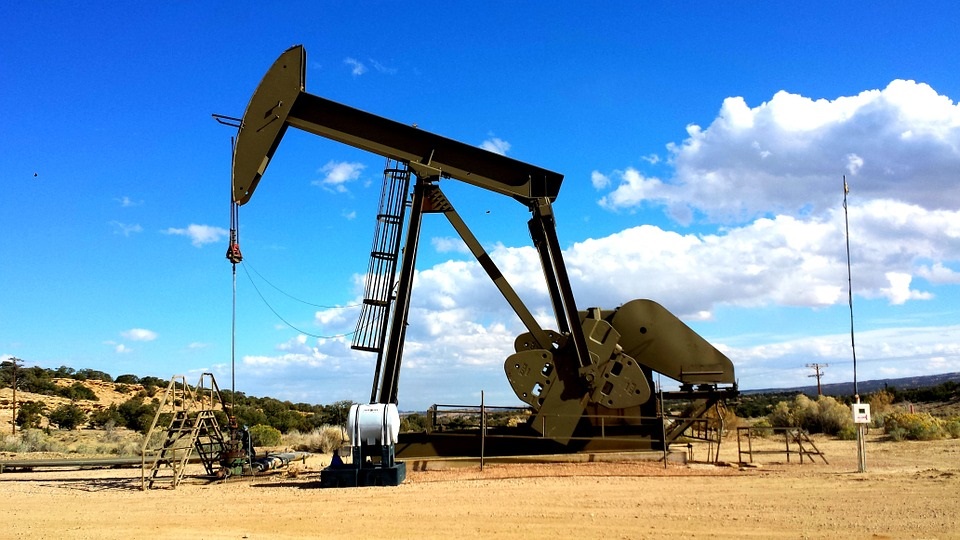EY Study Finds Oil Majors Considering Investment Choices as ESG Becomes Key in Attracting Capital
Oil and gas companies appear to be carefully considering the future direction of capex and investment, following a tumultuous year in energy markets, and as ESG considerations are increasingly dictating their ability to attract capital, according to a study by professional services firm EY.
According to the “2021 EY US oil and gas reserves, production and ESG benchmarking study,” as the COVID-19 pandemic drove down oil demand and prices, capex declined significantly, declining 60% over 2019. As prices have improved in 2021, however, capital spending plans appear to remain on hold, improving only modestly from last year.
While a significant number of factors are influencing the energy companies’ spending plans, the emerging global transition to cleaner sources of energy is likely among the top issues coloring company decisions, as investors increasingly allocate capital towards more ESG-aligned sectors. According to the report, “Oil companies are seeing increased pressure to decarbonize their operations and redeploy capital toward low-carbon fossil fuel alternatives.”
Mitch Fane, EY Americas Energy & Resources Leader and EY US Oil & Gas Leader, said:
“2020 has the potential to be a profoundly transformative year for energy. As the market recovers from the pandemic and the financial positions of companies improve, the future of the industry will be determined. One thing is certain: there’s no stopping the energy transition. The oil and gas companies that remain today are confronting the immense challenge of how to access capital, reinvest and reshape their businesses.”
The energy companies’ considerations are being made in an environment in which more and more countries announce 2050 net zero goals, including the United States, which returned to the Paris Agreement shortly following the inauguration of Joe Biden as President. According to a recent report issued by the International Energy Agency (IEA), in order to reach the global 2050 net zero emissions goal envisioned by the Paris Agreement, trillions of dollars will need to be invested in new sources of energy, and an immediate end in investment in new fossil fuel supply projects will also be required.
For the report, EY compiled and analyzed reserve and production information from the industry’s 50 largest publicly traded companies. For the first time, the study also incorporated ESG issues, highlighting the industry’s growing focus on sustainability and nonfinancial goals. The report found that most companies are now publishing sustainability reports, including 100% of integrateds and 93% of large independents. Room for improvement in ESG reporting remains, however, as only 16% are including third-party assurance (although this is higher for integrateds at 75%). While over half have set environmental goals, only a third have established social goals and only 10% have governance goals.
Herb Listen, EY Americas Energy & Resources Assurance Leader, said:
“ESG and sustainability have become essential to attracting capital and creating long-term value for all stakeholders. Interestingly, very few companies in our study — only 16% — are providing third-party assurance over ESG metrics. Due to a lack of standardization and companies following various frameworks, the importance of third-party assurance to investors is going to grow.”
Click here to access the 2021 EY US oil and gas reserves, production and ESG benchmarking study.





